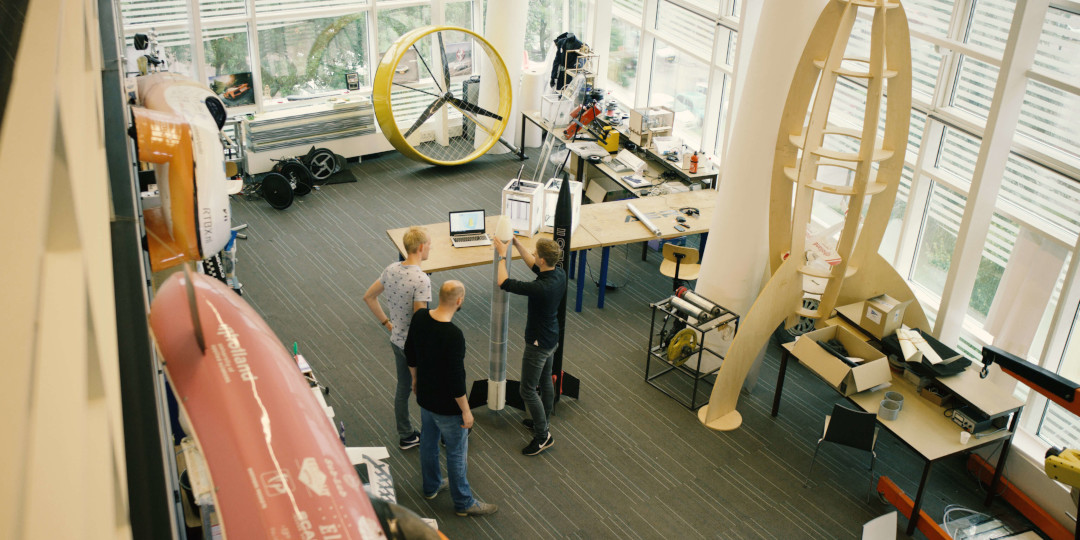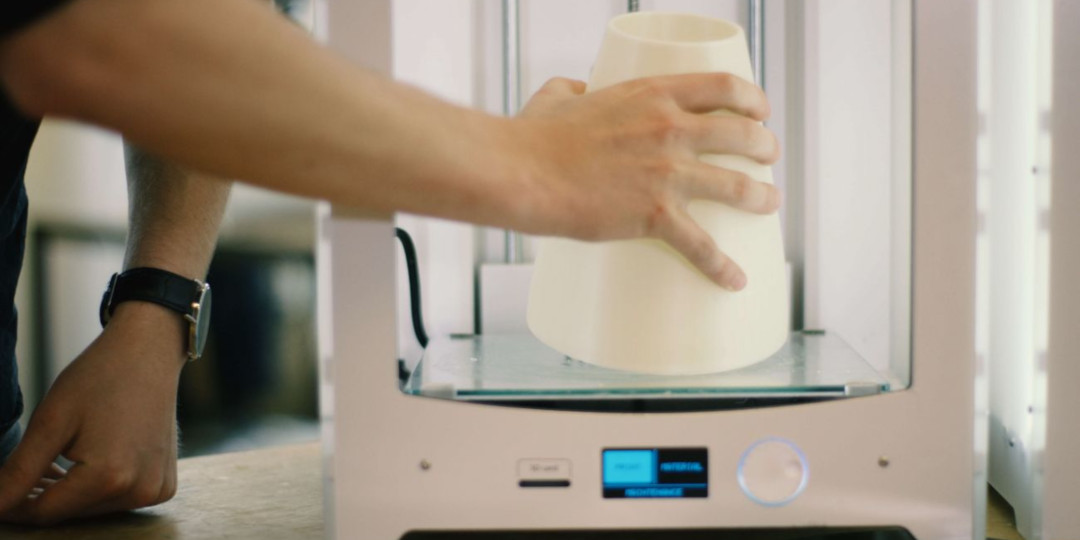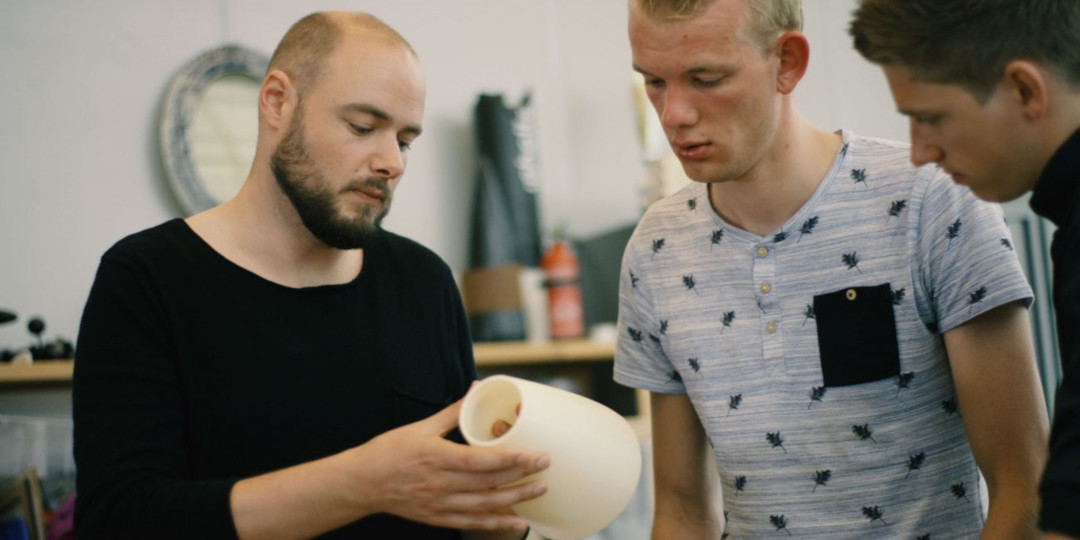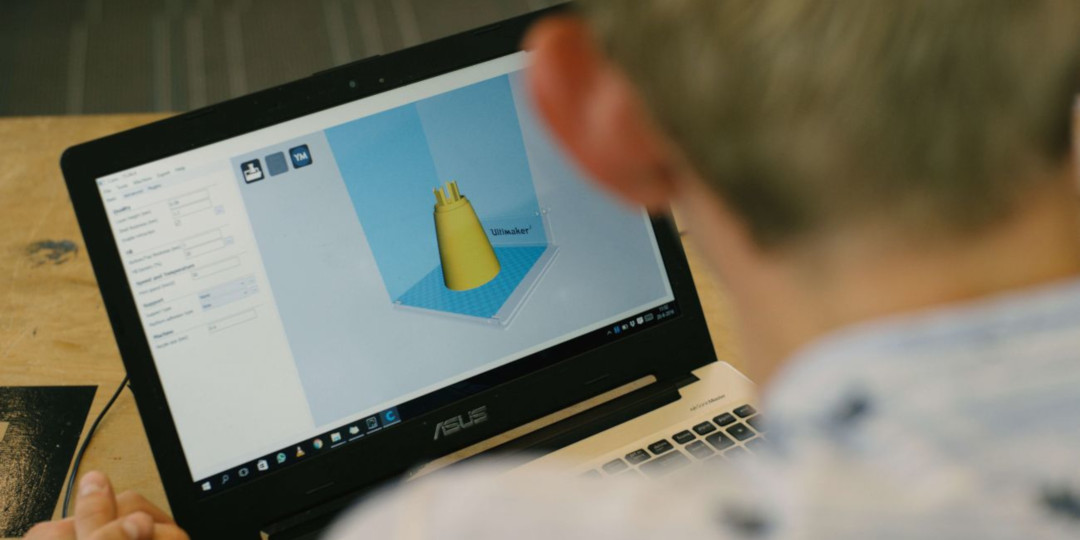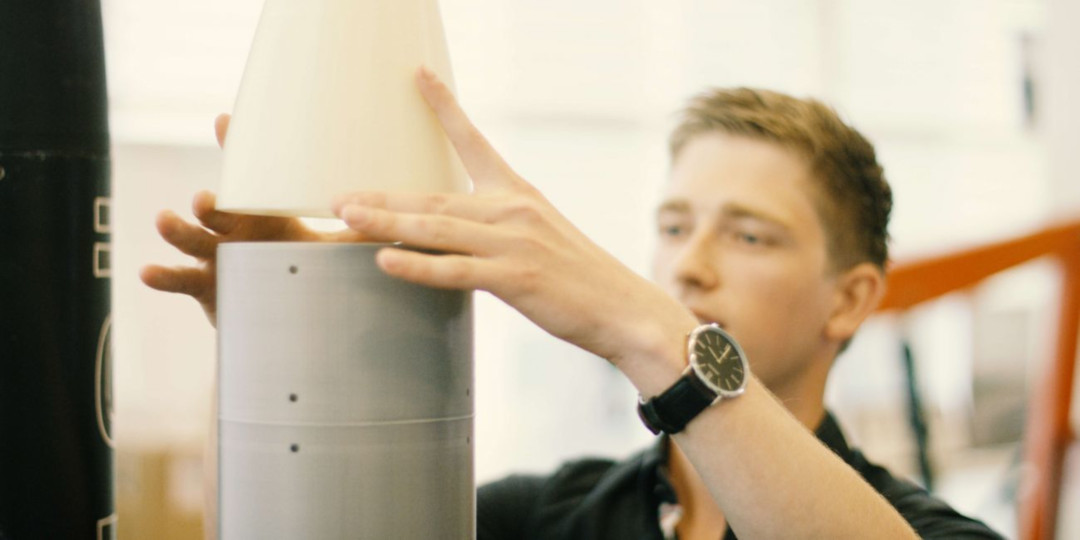3D printing not only offers great applications in design, it can also be used to produce end-use parts. Students at Inholland University of Applied Sciences use 3D printing to design and build rockets as part of their course in aviation technology. Many aspects come into play - aerodynamics, weight and strength all need to be taken into account in the build. After successfully launching two rockets, each with 3D printed parts and composites, the students are now building a rocket that is entirely 3D printed. Read on for a ready-to-use lesson plan to include 3D printing in your school's educational program.
In the educational field, 3D printing can be used to link practical exercises to the theoretical parts of a curriculum. Recognizing this, Inholland University of Applied Sciences adopted 3D printing in its aviation technology class, combining practice with theory in a project that revolves around designing (and printing) lightweight rockets.
Students design parts of the rocket and print those out on the school's Ultimakers. Apart from the rocket's aerodynamics, the weight is an important factor to consider, so the lightweight 3D printed parts are an important aspect of the design. A major advantage that 3D printing offers over traditional production methods is that ideas can quickly be tested and improved upon. If you want to make an alteration to an existing design, you can simply adjust the 3D model and print out a new version. Machining the same part would take a lot more time and money.
Lightweight rocket parts are printed on the university's Ultimakers
3D printing allows for rapid design iterations
After successfully launching (and landing) two 8ft-tall rockets that consisted of both composite carbon fibre parts and 3D printed parts, the students are now working on a fully 3D-printed rocket. Building a rocket that's fully 3D printed requires re-approaching the design process entirely. Starting at the end of the production process, you need to conceptualize what the final model will look like and take the 3D printed properties into account when designing the different parts.
Students that are graduating 4 years from now will see that technologies have changed in the course of their studies. Educational institutions should provide students with the latest knowledge and developments and show them that alternative production methods like 3D printing exist.
Martin Kampinga, aviation technology teacher at Inholland, believes that every university should offer 3D printing in its educational curriculum. 3D printing is an emerging technology, and by the time the students hit the labor market in approximately 4 years from now, the 3D printing scene will have changed again. It is therefore important that schools and universities show the students that there exist alternative means of production. Take a look at this comprehensive lesson plan, which can be used to introduce 3D printing at your own university. The accompanying STL-files can be downloaded from YouMagine.
A 3D design for a rocket part
The nose cone of a fully 3D printed rocket
This rocket project is but one example of how 3D printing can be integrated in education. Many other applications exist, in primary education, highschool and university. Visit our explore pages to read more on how 3D printing can be used in university education:























